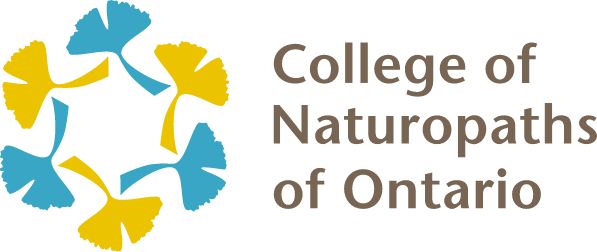Inspection Program
The College of Naturopaths of Ontario has been authorised since March 2, 2017 by Part IV of the General Regulation to conduct inspections in premises where Intravenous Infusion Therapy (IVIT) procedures are performed.
The College’s Inspection Program ensures continuous quality improvement for all premises where IVIT procedures are performed through the development and maintenance of standards. This helps enhance the safety and quality of care for the Ontarians who choose to access these services.
IVIT procedures include:
- the compounding of drugs to make a customised therapeutic product for the purpose of administering by intravenous injection to a patient, and;
- the administration of a therapeutic product by IVIT.
The Inspection Program Requirements that need to be fulfilled by each premises comprise the following areas:
- physical environment,
- emergency preparedness,
- infection control,
- sterile compounding,
- administering IVIT,
- record keeping and charting,
- reporting Type 1 and Type 2 occurrences,
- delegation, and
- quality management.
Each inspection outcome is posted on the IVIT Premises Register. The outcome can be a “pass”, a “pass with conditions” or a “fail”.
Every premises that is registered and performing IVIT procedures will undergo a scheduled inspection once every five years.
Registering an IVIT Premises
A new premises where IVIT procedures are intended to be performed must be registered with the College, undergo Part I of an inspection and receive a “pass” or a “pass with conditions” that then allow it to begin performing IVIT. Part II of the new premise’s inspection will occur within approximately six months later.
Learn more about registering an IVIT premises.
You can access more information on the fees involved here.
Inspection Outcomes Decisions Pathway
More information on how the College reaches a decision after an inspection can be found here.
Reporting Type 1 Occurrences
Type 1 occurrences are incidents that may or did result in serious harm to a patient in relation to Intravenous Infusion Therapy (IVIT).
Learn more about how to report a Type 1 Occurrence.
Reporting Type 2 Occurrences
Type 2 occurrences are incidents that may or did result in harm to a patient in relation to the performance of compounding for or administering by IVIT. Registrants are required to document all Type 2 occurrences in the patient file as they happen.
Learn more about how to report a Type 2 Occurrence.
Inspection Program Fact Sheet
This is a helpful resource on the Inspection Program, including fees, definitions and processes in an easy-to-read fact sheet. Please note that this is not intended to be legal or practice advice.
Access the Fact Sheet about the College’s Inspection Program here.
Tools & Forms
You can find all relevant tools and forms used for IVIT and Inspections here.
Latest changes in the inspection program (May 2021)
Changes in fees
During the May 26, 2021 Council meeting, Council approved the following changes to the Inspection Program fees:
- The regularly scheduled 5-year inspection fee will be reduced from $2,500 to $2,000.
- The fee for an inspection ordered by the Inspection Committee will be reduced from $2,500 to $2,000.
- The payment schedule for new premises will change from a payment of $1,250 at the time of Part I and a payment of $1,250 at the time of Part II, to a one-time payment of $2,500 due prior to the Part I inspection. Please be aware that any premises invoiced for the Part I fee prior to the implementation of the new inspection fees will be invoiced for $1,250 at the time of their Part II inspection.
- When a new premises submits a Registering an IVIT Premises form, they will be required to pay a non-refundable Premises Registration Fee of $100 payable at the time of registration. The $100 fee will be applied to the new premises inspection fee and is non-refundable in case the premises elects to cancel their registration. The fee addresses the costs incurred by the College when processing the registration of a new premises.
Changes in Requirements
Revisions have been made in the following areas:
Existing Premises/5-Year Scheduled Inspection
Existing Premises/5-Year Scheduled Inspection – Table of changes
New Premises – Part I
New Premises – Part I – Table of changes
New Premises – Part II
New Premises – Part II – Table of changes
